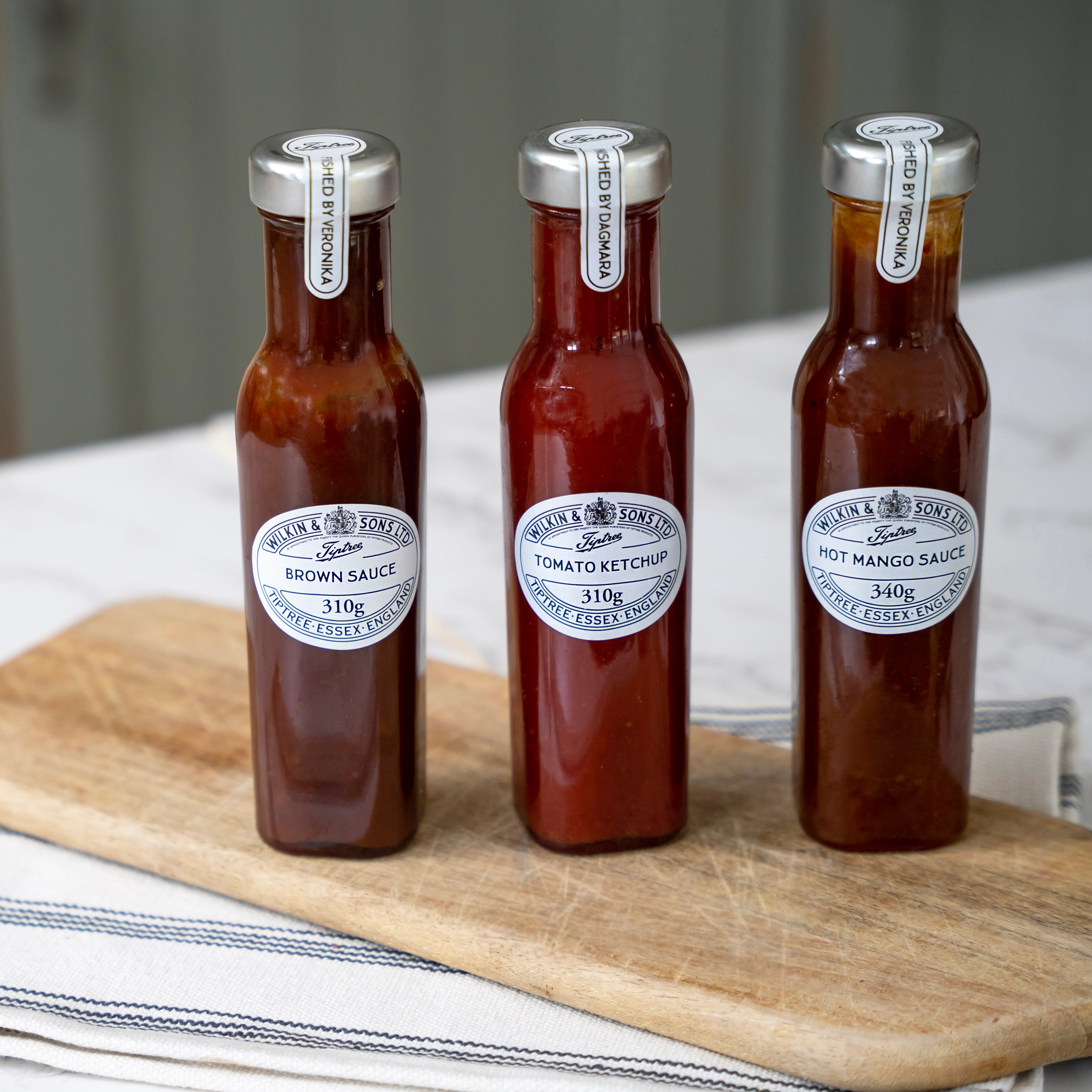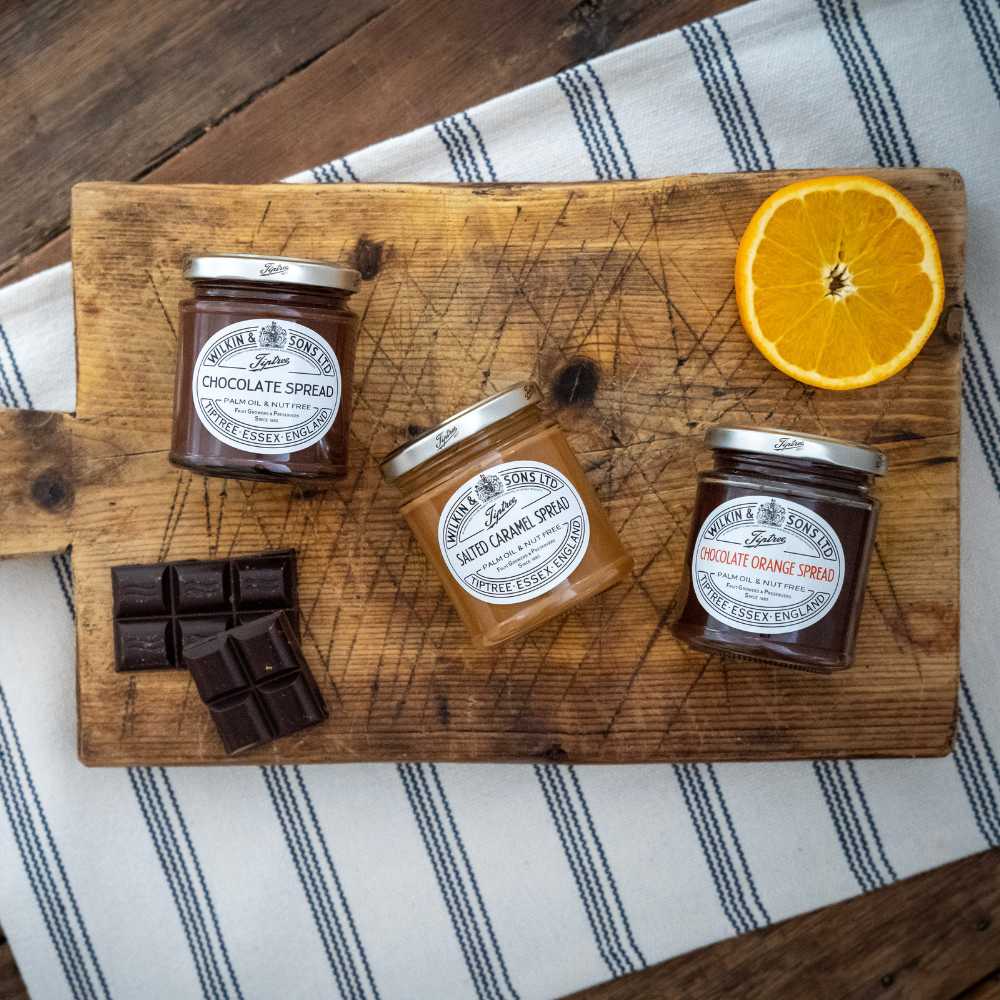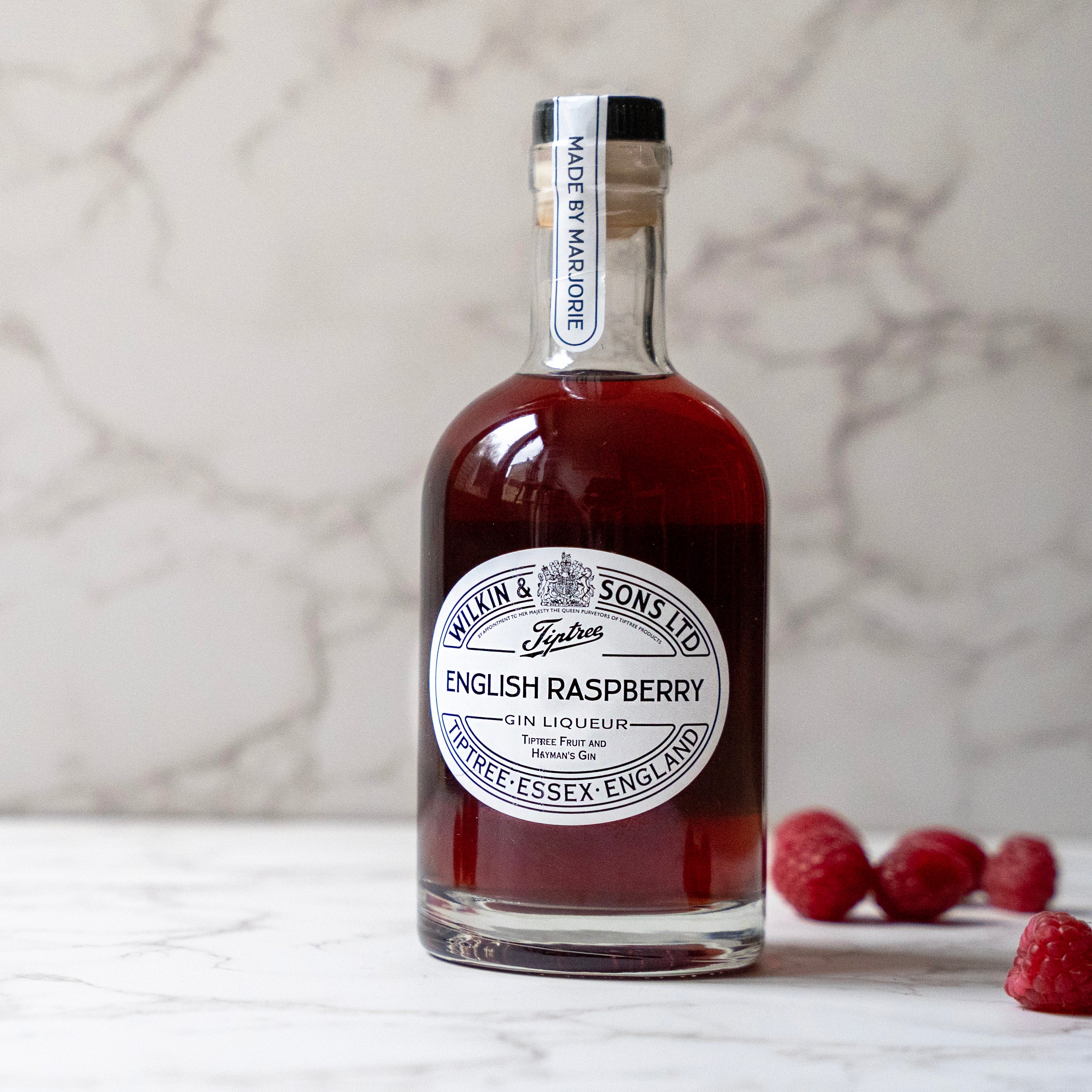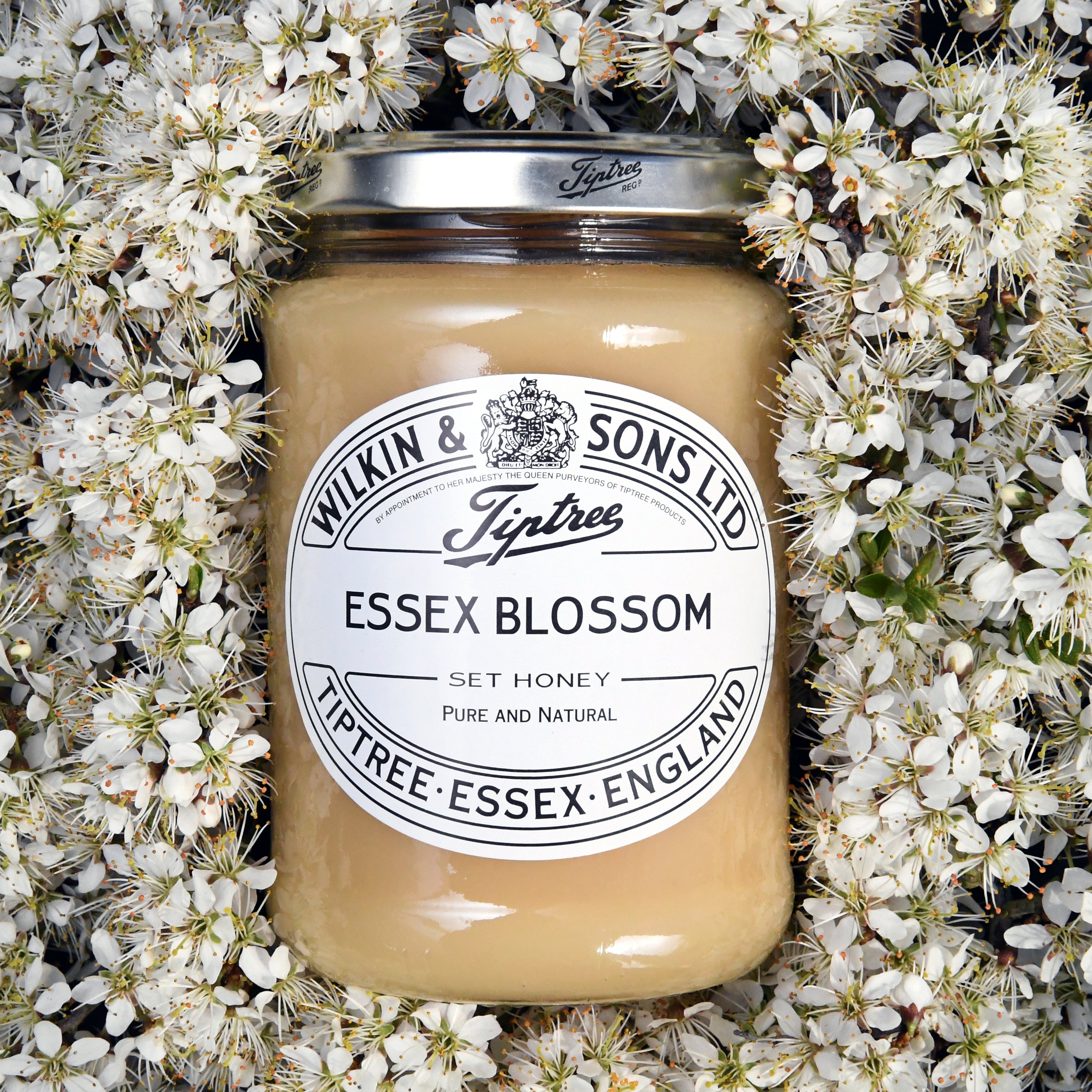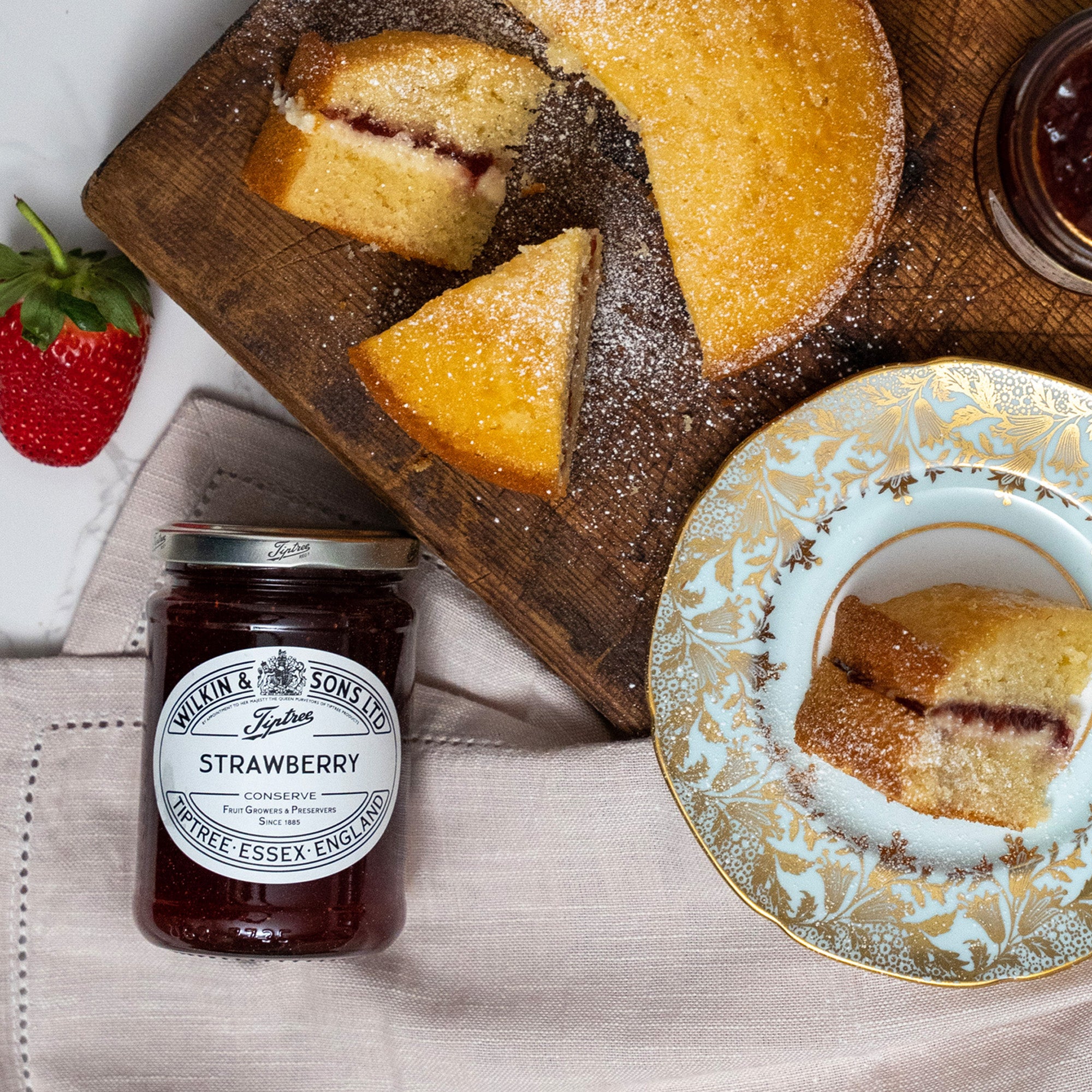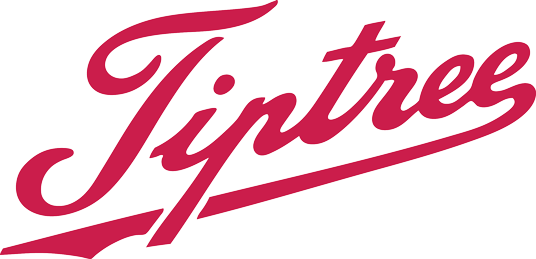TODAY, WE HAVE A PLENTIFUL SUPPLY OF A HUGE RANGE OF FRUITS, SOMETIMES IN MANY DIFFERENT VARIETIES TOO.
Yet it wasn’t always that way and thousands of years ago, the very first preserves were created in order to store that goodness for year-round use.
Fruit is generally considered to be the sweet, ripe part of a plant that can be eaten. Don’t tell the lemons! And as mentioned elsewhere, the strawberry isn’t actually a fruit as it has the seeds on the outside. If jam has to contain fruit, then how did ginger sneak in (it’s the root that is used for ginger jam) and why not tomato jam?

The fruit used at Tiptree comes from three main sources: the Tiptree farms (at Tiptree and Goldhanger), local growers and trusted overseas sources. Tiptree use only the best fruit and that’s been the case right from the very beginning in 1885. Walter Scott, Chairman of the business reckons you can’t possibly make the best preserves unless you use only the best ingredients.
“How much of the fruit used is your own?” That’s the question most frequently asked and like all the best questions, it’s not a simple one to answer. Four out of every ten jars sold are marmalade, made from citrus fruits that won’t grow in Britain. The orange marmalades are made from Seville oranges, brought overland from Spain each year.
We aim to be self-sufficient in the fruits that will grow well in and around Tiptree. It’s almost certain that the jar of ‘Tiptree’ strawberry conserve you pick up in your local food shop will have been made with fruit grown on the ‘Tiptree’ estate. The same is true for the unusual varieties such as medlar, mulberry and quince, all grown at Tiptree.
Little Scarlet is a very special strawberry, an anachronism (lovely word!) in today’s world. Today, strawberries are quite unlike the tiny, intensely flavoured fruit of two hundred years ago, whereas Little Scarlet strawberry never changed. Grown only at Tiptree, the fruit is difficult to grow, an unpredictable cropper that dislikes extremes of weather and won’t keep once picked. The upside is that Tiptree’s Little Scarlet conserve (James Bond’s conserve of choice) is made only from our own carefully cultivated fruit.
Why do we persist in growing much of our own fruit, when there are usually cheaper imported varieties available? We think that the British climate (generally speaking of course!) means slower ripening fruit which imparts a better flavour. We also reckon that we prefer to do things ourselves anyway, it means we can grow the varieties we want, look after them as we choose and pick them when we think they’re at the peak of their perfection.
Fruits grown at Tiptree include strawberries, raspberries, cherries, damsons, greengages, Victoria plums, medlars, mulberries, quinces and rhubarb. Rhubarb? Agreed, it’s not strictly fruit, but it gets used as one and we’re rather proud of our home-grown Timperley Early. The ‘fruit’ is used to make Rhubarb with Ginger Conserve and Rhubarb with Vanilla Conserve.
What’s the most expensive jam made at Tiptree? Little Scarlet is the most expensive that’s generally available, although crop shortages and rising demand mean that it can only usually be found in the second half of the year, after the June and July cropping season. More expensive still is the little-known mulberry jelly, sold in specialist food shops and seldom seen overseas.
We’re fruit specialists at Tiptree and that means we often get asked about the technical aspects of fruit growing and preserving. Great grandson of the founder, Peter Wilkin is a horticulturalist and Joint Managing Director Chris Newenham is an expert on strawberries. Both are members of the Worshipful Company of Fruiterers. If you want to know more about the fruit used at Tiptree, why not get in touch with us, email tiptree@tiptree.com.

